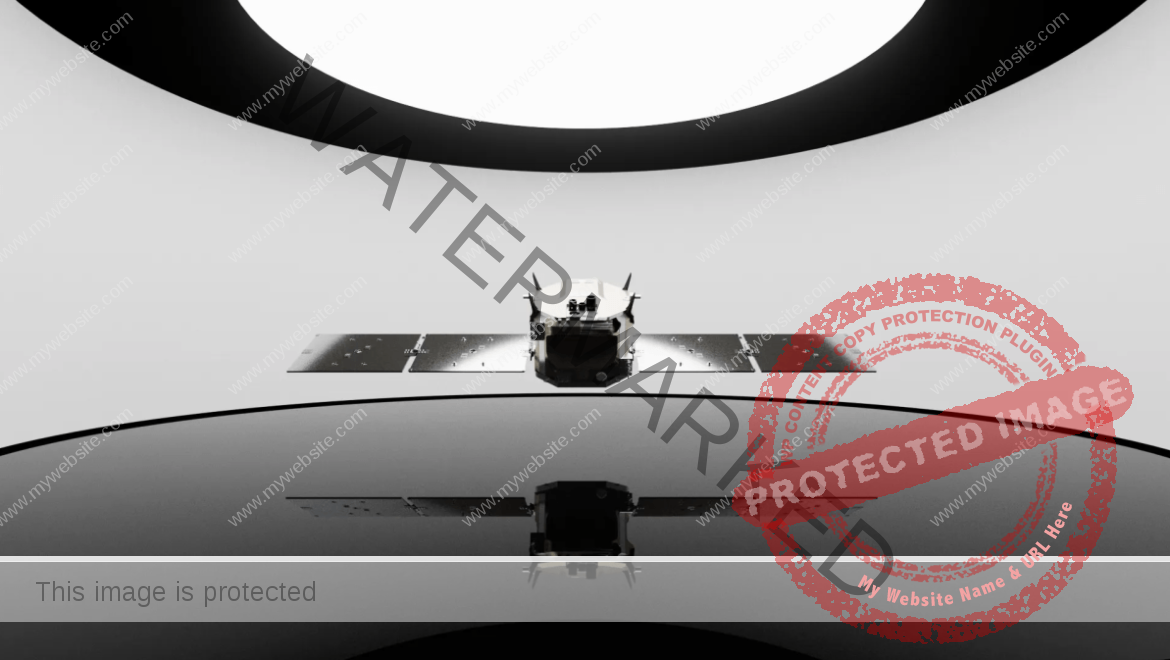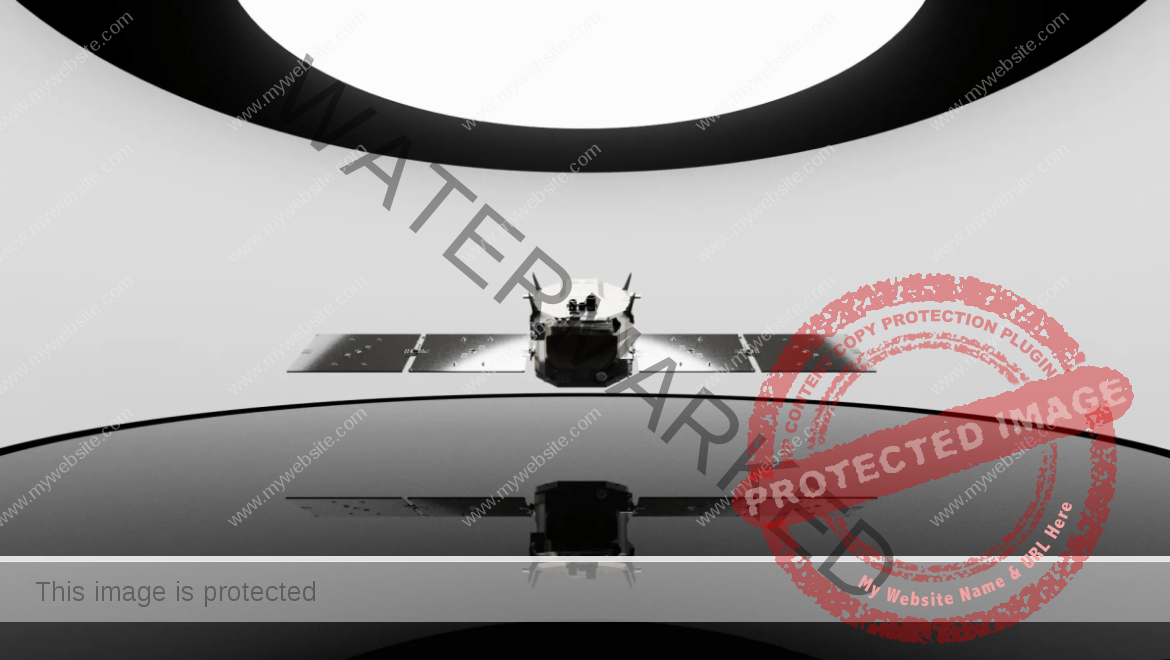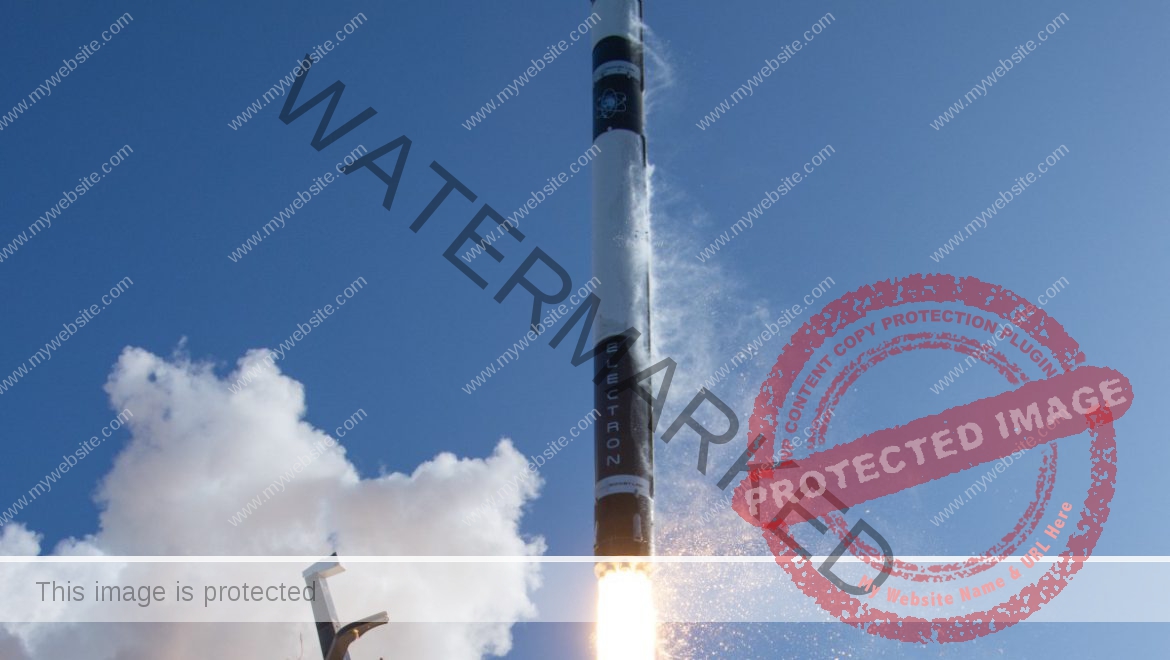True Anomaly’s first mission didn’t go as planned by any stretch of the imagination, but the space and defense startup’s CEO, Even Rogers, said he doesn’t consider it a failure. Providing new details on what went right and wrong, he explained how they’re turning this anomaly into a “success story.”
Though the company has yet to assign an ultimate cause for the issues that ended the mission, a timeline of events offers insight into how an in-space startup reacts to an anomaly in progress.
The company launched its first two satellites on SpaceX’s Transporter-10 rideshare mission on March 4. The two spacecraft, which the company calls Jackals, are designed to maneuver closely to other objects, capturing high-resolution images and video of them using optical and radar sensors. The aim of this first mission, Mission X, was to demonstrate these capabilities on orbit for the first time.
The two spacecraft deployed as expected from the rocket, but the company started encountering problems that same day: Mission controllers expected to communicate with each spacecraft within three hours of deployment, but they didn’t see any signal from the first spacecraft, designated Jackal 2, and had only a partially successful first contact with Jackal 1.
The telemetry package they received from Jackal 1 was positive: The spacecraft’s arrays were receiving voltage, and the data showed that it was correctly positioned in relation to the sun. However, mission controllers were unable to uplink data, and subsequent overnight contact attempts for both vehicles failed.
It was a sign of what was to come. But Rogers is adamant that it would be a mistake to call the mission a failure.
“The Mission X approach is, get something up there as quickly as possible with the right level of complexity that we could learn from and then go from there,” he told TechCrunch in an interview. “The mentality we take is, we fell short of our objectives, but we’re not looking at this as a flight test failure — in the same way that when SpaceX blows up a rocket, everybody cheers.
“It’s only a failure if you don’t learn — it’s only a failure if you didn’t give 100% and you don’t take responsibility for the design as it is, and the change of the design to improve it.”
The timeline of events
The following day, True Anomaly engineers engaged with other rideshare passengers and external space domain awareness providers to ensure they were tracking the correct satellites.
This is more difficult than it sounds: In rideshare missions, where dozens of passenger spacecraft are deployed in very quick succession, it can be surprisingly difficult to actually establish which satellites belong to whom. Communications networks, like high-latitude ground stations and ViaSat’s geostationary satellites, also become congested as the operators make a rush on their services.
The company received pictures of Jackal 2 from an unnamed non-Earth imagery provider on March 7, which confirmed that it had also deployed its solar panels and correctly oriented itself; pictures of Jackal 1 came the following day. Mission controllers stood up an additional ground station integration on March 9, and finally, six days after launch, confirmed the orbit states of both satellites. But Jackal 2 stayed silent, and they were unable to establish further contact with Jackal 1.
Engineers continued working; throughout the mission, they added capabilities to the in-house command and control software platform Mosaic and continued sending commands to the two Jackals. Ultimately, the company announced on March 21, the team was unable to verify if either Jackal was still functional, or any information whatsoever about their state.
Root cause analyses can take some time, but this is especially the case when you don’t have a lot of data to work with, explained Rogers.
“What we know for sure is that the spacecraft was, when we received the latest batch of information about its status, the spacecraft’s solar panels were deployed, and it was pointing towards the sun,” he said. “The startup sequence behaved at least partially nominally… We just weren’t able to communicate.”
That said, he expressed confidence that it was not simply a radio problem, but “probably upstream of comms.”
“Fly, Fix, Fly”
There were a lot of eyes on True Anomaly’s first mission. The company has generated a lot of buzz since it emerged from stealth a year ago with ambitious plans to build intelligence-gathering pursuit satellites to bolster national security and defend American assets from adversaries on orbit. True Anomaly closed a $100 million Series B round last year to accelerate those plans.
True Anomaly’s four co-founders named the blog post announcing the results of the mission “Fly, Fix, Fly,” which is a direct reference to the company’s focus on rapid design cycles. With that in mind, engineers are introducing a number of modifications to both Jackal and Mosaic prior to the second mission — but some were going to be introduced regardless of the outcome of Mission X.
One of the most significant changes is to the satellite design: The next Jackals will be 100 pounds lighter, a design modification that improves maneuverability and boosts payload capacity. The company is also upgrading the satellite’s power architecture and improving ground test infrastructure. They’re also changing how the flight software weighs multiple “out-of-limit inputs” — signals that something is wrong — relative to each other.
By all accounts, the outcome of Mission X has not slowed the company down whatsoever: True Anomaly is planning on flying at least twice more in the next 12 months.
“The success story of Jackal Mission X is twofold,” Rogers said. “The first is, a variety of partners and other members of the Transporter-10 mission coming together to all help each other. The second is, our team reacted very quickly and iterated very quickly.”










